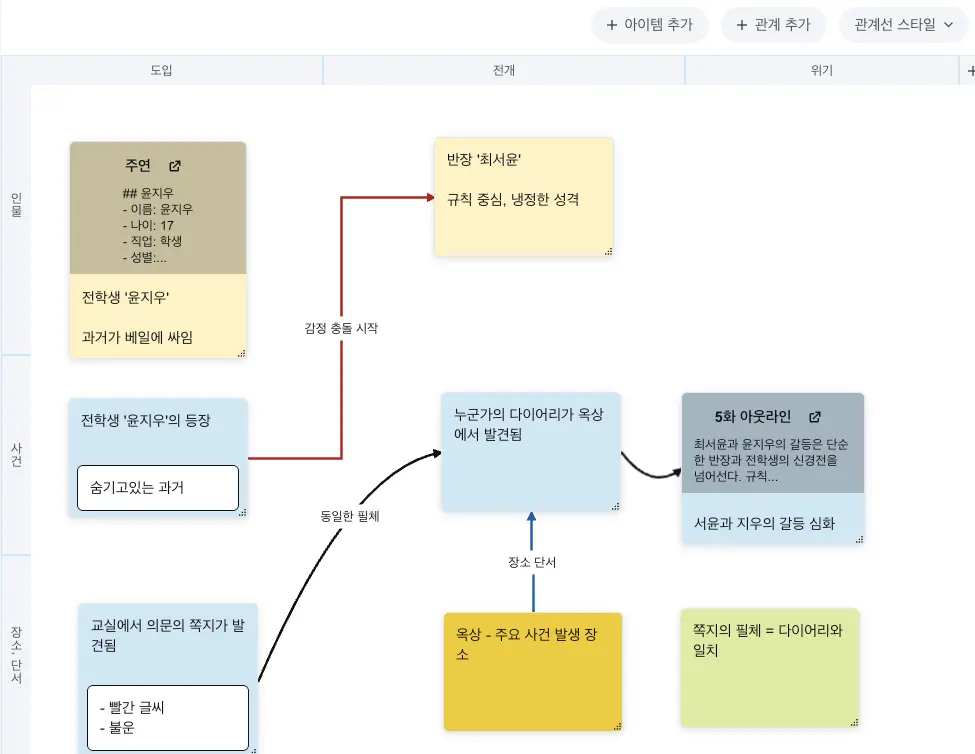Table of Contents

The Complete Guide to Revision: Transforming Your First Draft into Polished Writing
Almost no one writes perfectly on their first attempt. A first draft represents raw thoughts and emotions put to paper, and imperfections are inevitable. To create a finished piece, you need a systematic process of reviewing and refining your work. Through comprehensive revision, you must examine your writing's overall flow and enhance its expression.
What is Revision?
Understanding the Revision Process
Revision is the systematic process of reviewing, rethinking, and refining written work to improve its clarity, coherence, and impact. This practice draws from established writing pedagogy where "writing is rewriting," emphasizing that great writing emerges through deliberate refinement rather than initial inspiration.
The English writing tradition recognizes revision as distinct from editing and proofreading. Revision focuses on big-picture elements: structure, argument, evidence, and overall effectiveness. As William Zinsser noted in "On Writing Well": "Rewriting is the essence of writing well—where the game is won or lost."
The Writing Process: From Draft to Publication
The standard English writing process follows a clear sequence:
- First Draft: Getting ideas down quickly without worrying about perfection
- Revision: Restructuring content, strengthening arguments, improving flow
- Editing: Fine-tuning sentences, improving word choice, ensuring consistency
- Proofreading: Catching surface errors, typos, and formatting issues
- Final Review: Last check before submission or publication
This systematic approach ensures quality while maintaining efficiency—key values in English-speaking professional contexts.
Revision vs. Editing vs. Proofreading
Understanding these distinct phases prevents confusion and improves results:
Revision (Big Picture)
Revision addresses macro-level concerns: Does your argument make sense? Is your evidence compelling? Are your paragraphs in logical order? This stage may involve significant restructuring, adding or cutting entire sections, or completely reframing your approach. Think of revision as architectural work—you're examining the foundation and framework.
Editing (Sentence Level)
Editing focuses on clarity, concision, and flow at the sentence and paragraph level. This includes improving word choice, varying sentence structure, eliminating redundancy, and ensuring smooth transitions. Editing makes your writing more readable and engaging. It's like interior design—making each room (paragraph) functional and attractive.
Proofreading (Surface Level)
Proofreading catches mechanical errors: spelling, grammar, punctuation, and formatting. This is quality control—ensuring your final product meets professional standards. Modern tools can help, but human judgment remains essential for context-dependent decisions.
The Heart of Revision: Improving Flow and Structure
Beyond correcting individual sentences, effective revision examines your writing's overall architecture. Good flow means your ideas connect logically from beginning to end, with smooth transitions and clear progression. Ask yourself: Does each paragraph advance your main argument? Are your topic sentences clear? Do your transitions guide readers seamlessly from one idea to the next? Strengthening structure and improving flow constitute revision's core purpose.
Comprehensive Revision Checklist
✔ Content and Structure
Clear thesis or main argument Logical organization and flow Strong evidence and examples Effective introduction and conclusion Appropriate depth and scope
✔ Clarity and Style
Clear, concise sentences Varied sentence structure Appropriate tone for audience Eliminated jargon and wordiness Strong, active voice
✔ Mechanics and Polish
Grammar and spelling accuracy Consistent formatting Proper citations (if applicable) Professional presentation
Proven Strategies for Effective Revision
1. Create Distance from Your Work
Fresh perspective is crucial for effective revision. When you're too close to your writing, you read what you intended rather than what's actually on the page. Professional writers and editors use several techniques to gain objectivity.
✔ Take a Break
Step away from your writing for at least a few hours, ideally longer. This "cooling off" period helps you approach your work with fresh eyes. Many professional writers recommend finishing a draft, then setting it aside overnight before beginning revision.
✔ Read Aloud
Reading your work aloud reveals problems invisible to silent reading: awkward phrasing, unclear transitions, and rhythm issues. Many writers discover that sentences appearing fine on screen sound clunky when spoken. This technique is especially valuable for dialogue and persuasive writing.
✔ Print Your Work
Physical documents often reveal errors missed on screen. The change in format forces your brain to process the text differently. If printing isn't practical, try changing fonts, sizes, or viewing your work in a different application.
2. Systematic Structural Analysis
Rather than making random changes, approach revision systematically. Ask: "If I were starting this piece from scratch with my current knowledge, how would I structure it?"
Create an outline of your existing draft, then evaluate whether this organization serves your purpose. Look for:
- Logical progression of ideas
- Appropriate paragraph breaks
- Clear topic sentences
- Smooth transitions between sections
Modern writing tools like TypeTak can facilitate this process through visual organization features.
 TypeTak provides a board function for flexible content arrangement.
TypeTak provides a board function for flexible content arrangement.
3. Leveraging AI Writing Assistance
AI tools can provide valuable objective feedback during revision—that crucial "outside perspective" every writer needs. Use AI strategically to identify weaknesses you might miss.
With TypeTak, you can get immediate AI assistance during your revision process without switching between applications.

➡
⬇

Ask questions mid-text and receive responses in a side panel for seamless workflow integration.
✔ Expanding Your Vocabulary and Style
Effective revision involves finding precisely the right words and phrases. However, we naturally gravitate toward familiar vocabulary and expressions. Breaking free from these patterns requires conscious effort and new tools.
TypeTak helps you transcend personal limitations by suggesting alternative expressions and phrasings you might never consider.
 Simple keyboard shortcuts generate alternative phrasings, which you can select using arrow keys for quick implementation.
Simple keyboard shortcuts generate alternative phrasings, which you can select using arrow keys for quick implementation.
Designer WasabiDog, who's working toward becoming a web novel author, shares:
"Breaking out of my own writing style patterns was really challenging. But TypeTak's AI sentence suggestion feature helped me solve this problem to a significant degree."
Read WasabiDog's Full Interview
The Professional Approach to Revision
Remember that revision is where good writing becomes great writing. Professional authors typically spend more time revising than drafting—a process that transforms initial ideas into compelling, publishable work.
Don't rush revision. Quality writing requires patience, systematic thinking, and willingness to make difficult cuts. As Stephen King advises: "Kill your darlings"—eliminate even beloved passages if they don't serve your larger purpose.
TypeTak integrates AI assistance directly into your writing process, making revision more efficient and effective. Many of our users rely on TypeTak specifically for revision work. Experience the difference for yourself.